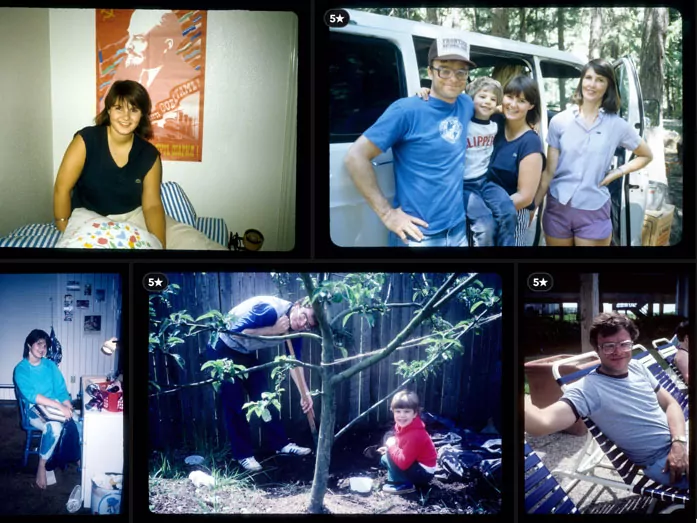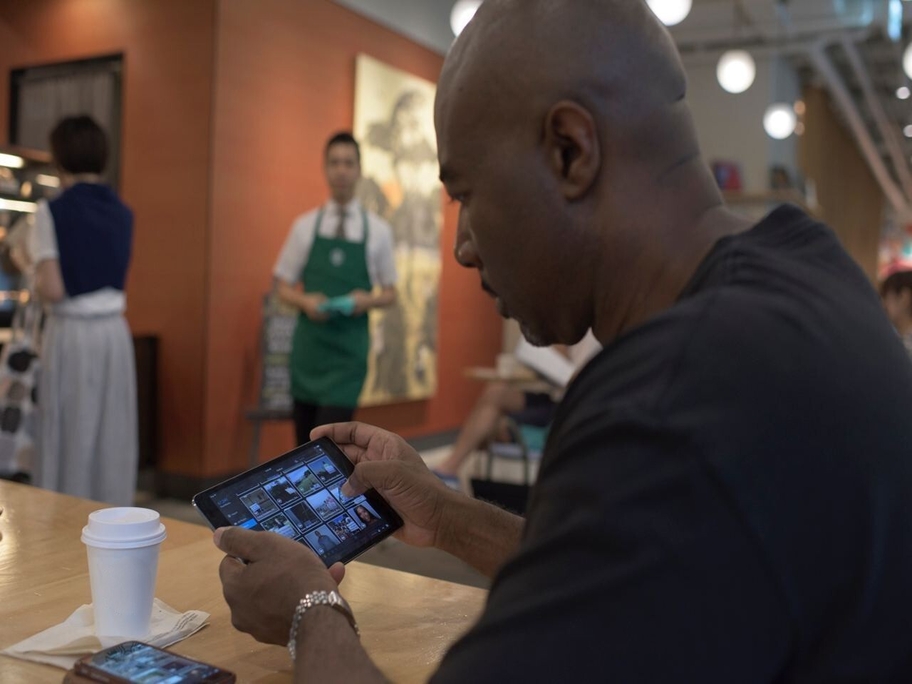Organizing family photos gets more unweildy with each passing day … and every phone-snap of a meal or a trip or a fort made out of sofa cushions. Which is why more families are looking for help as they try to manage and organize their most important pictures. Enter EverPresent, a New England-based business that helps families secure their memories for future generations. Here, cofounder and CEO Eric Niloff explains how his team does it, with a big assist from Mylio Photos photo software.
How do you describe what EverPresent does?
We help families address their digital clutter by their gathering photos and videos scattered across computers, drives, and cloud services (not to mention old albums and shoeboxes), then digitizing, and organizing them into easy-to-share digital archives.
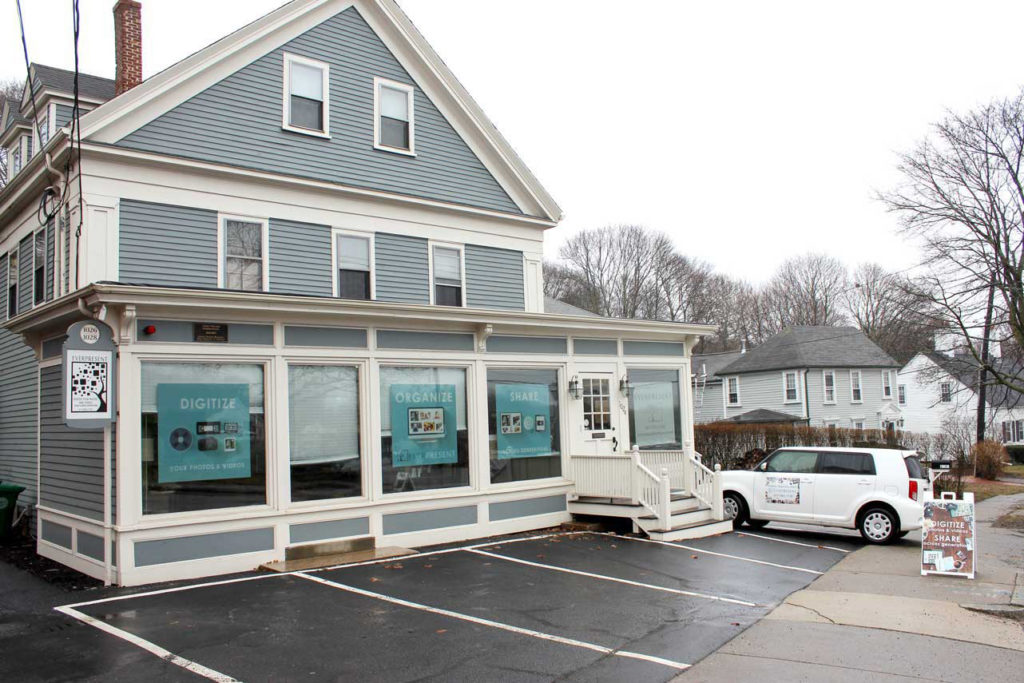
Why do families find this so important?
Having family memories organized and in one place gives clients peace of mind. It also makes it simple for them to find what they want easily, which allows them to tell their stories any way they want — slide shows, edited videos, or custom family history books.
How big of an operation is EverPresent? What sort of technical challenges do you face?
It might seem like we’re in the technology business, but we’re not. We’re in the people business, with an exquisitely designed quality-control process. We employ more than 60 people; about a quarter of them are client-facing, working as organizers and designers from our flagship store in Newton, Mass.
Every client has different needs. We believe in old-fashioned customer service, so our offerings are both complete and customizable. If you’re nearby, we offer pickups or white-glove, in-home consultations. If you’re in the Tristate area, you can drop off your material at one of our 20 satellite locations. We also have clients ship things from around the country.
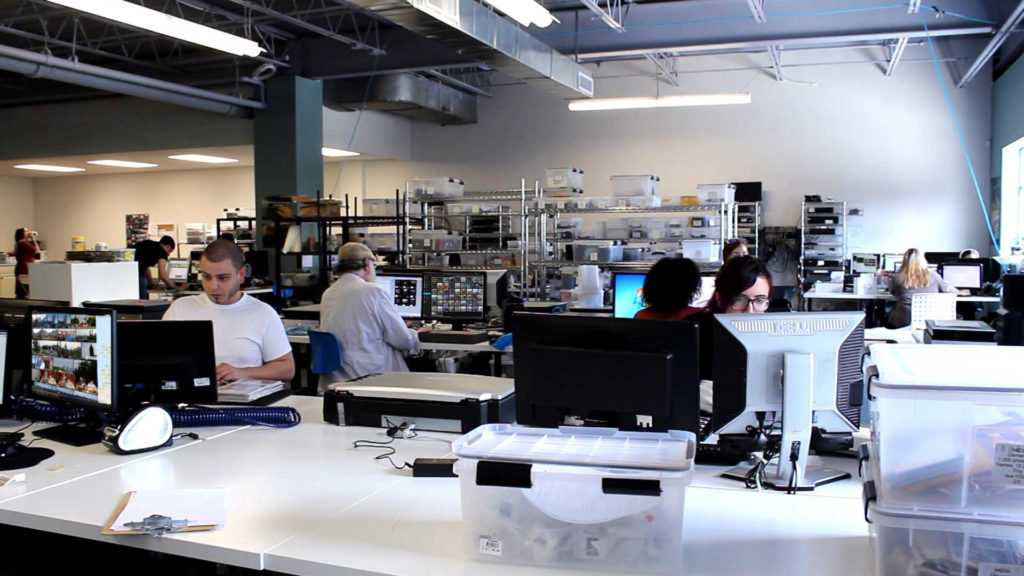
In our headquarters, the technical team transfers video, scans images, and organizes photos. They can handle just about anything, including photo restoration and historical research. They’re constantly toggling between the old and the new, tracking down and restoring old hardware like VHS decks, while updating and optimizing the newest image-scanning software.
We process media from over 100 different formats while working with more than 20 kinds of software. If you have a niche piece of media, chances are we can handle it. Remember 3D slides? They were a thing for a few years. Well, we can digitize them!
Who are your clients?
They may be retirees or empty-nesters, or people contemplating a cross-country move. They may have inherited material, or have young children who are starting to ask questions about their heritage. What they have in common is that they value family memories, think technology can be hard, don’t have a lot time, and need someone to help them.

Why do people need help with family media?
Clients come to us, almost universally, from a place of stress because something that’s important to them isn’t safe, isn’t protected. Maybe there’s one copy of their wedding video, and if something happened to it, it would be lost forever. Or a decade of their kids’ childhood videos sitting on a computer that’s become obsolete, and they don’t know how to access them. Or they can’t find the photos they want to share because of all their digital clutter — they’re on 17 different services that they’ve lost track of, or don’t use. Our research shows that more than half of parents have tried (and failed) to organize their photos, and that on average they estimate it would take 45 hours to catch up on their own.
What’s the major hurdle to organizing photos on your own?
Think of the working parent with kids and responsibilities: They want to make a photo album themselves, but they don’t want to tag 8,000 images and create a library system first. That can be demotivating. But if they can work with the best 200 pictures, already categorized — by kid, say, or topic or some other categorization — then their time investment is shifted from grunt work to designing, making, and sharing gifts. And that’s something they really enjoy. Once they have a system in place, they can do it for themselves going forward.
What’s the best way to start organizing photos?
It begins with consolidation. We offer a package where our team consolidates all photos and videos into a single photo library, then they deduplicate the entire collection, and organize them chronologically, separating photos from videos.

What sort of technology do you use?
Mylio Photos is a great tool for consolidating media into one place. We use Mylio Photos to reduce clients’ digital clutter by sucking up all the photos from their various computers and phones, and then syncing them with our office for the organizing work. Depending on the level of service requested, we might then tag and edit the images, and deliver the newly-organized libraries back to the client within a Mylio Photos account so they can continue manage their library.
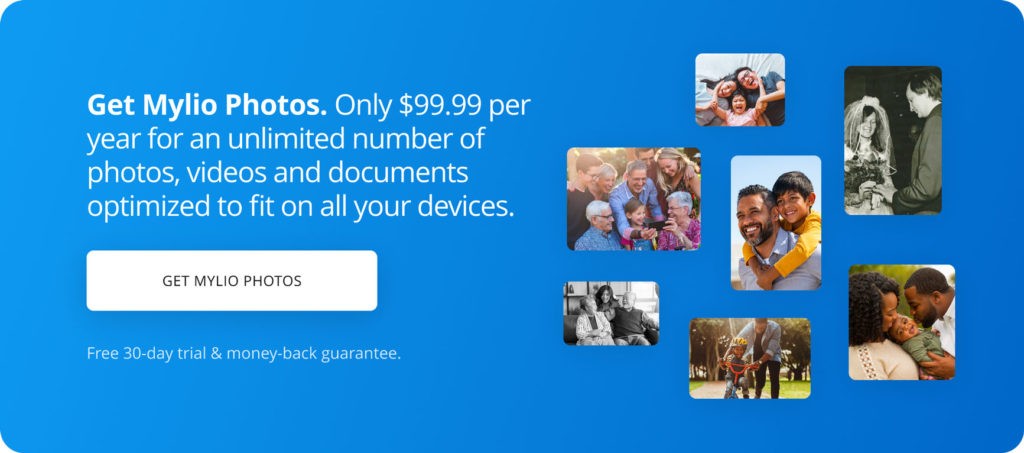
Does Mylio Photos work for huge photo projects?
Tagging and sorting 80,000 images would take one person forever to get done. With Mylio Photos, several of us can work on it simultaneously at different machines, with the client adding more photos in real time. Then we sync. It’s an elegant solution. Mylio Photos is easy to implement, it’s a fun tool to play around with, and it’s very powerful. If a person took their first-ever digital photo tomorrow and had Mylio Photos as their solution — whether they eventually took 500 or 25,000 photos — they’d be good to go.
How do you handle photo collections shared among many families?
We also recommend Mylio Photos when groups want to access the same photo library, like families who want to share photos between relations with different devices in different locations and keep everything in sync. Mylio Photos is particularly useful when there’s a matriarch or patriarch who serves as family historian.
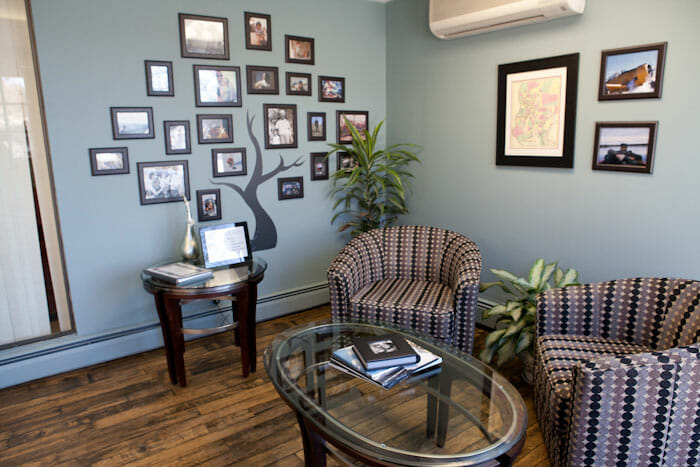
What are most clients’ goals for their photo collections?
The most important question is: What’s your goal? It’s not enough to want to ‘reduce digital clutter’ or ‘go digital’ or ‘get organized.’ What will the end use of your media be? What story are you trying to tell? Everyone needs their media to be safe, and deduplicated — that’s simple. But who’s going to be accessing your library in 10 or 20 years? What will they want to know?
What surprises people about how EverPresent works?
Strangely enough, having real people on staff can be hard for prospective clients to internalize. We’ll be on the phone with someone, and find ourselves working hard to convince them that people actually work here. We have to spell out really clearly that they’re actually hiring a person. It may be contrary to the way a lot of businesses are going today, but we’re proud to be a business that needs a lot of people to run smoothly.

Eric Niloff is the co-founder and CEO of EverPresent, a company that digitizes old photos and videos for families and organizations.


